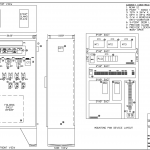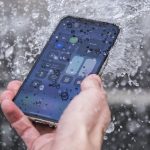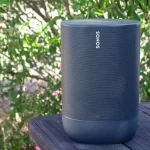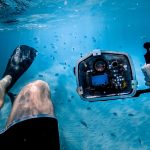The IP (Ingress Protection) enclosure system uses a 2-digit suffix to describe the degree of ingress protection for enclosures. IP55 protects vs a nozzle spray from any direction, whereas IP57 protects against immersion between 15 centimeters and 1 meter in depth. In this article, you will learn about the IP protection system, compare IP55 VS. IP57 ratings, and learn about typical IP applications.
IP Protection System
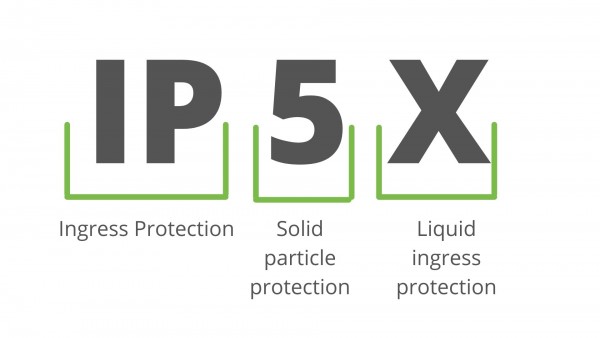
The IP rating is an international standard. It determines the degree of protection or sealing efficacy in enclosures against the infiltration of objects, water, dust, and contact. Also, it is compliant with European Standard EN 60529.
Products are noted by the initials IP (Ingress Protection), followed by two digits and an optional letter in the IP code. The two digits denote the level of intrusion protection versus solids and liquids. The optional letter notes the product’s resistance to pressure.
IP Ratings – Intrusion Protection
| Level | Intrusion Protection |
|---|---|
| X | No protection. |
| 1 | Protection from a large part of the body such as a hand (but no protection from deliberate access); from solid objects greater than 50mm in diameter. For example, accidental touch by hands. |
| 2 | Protection against fingers or other objects not greater than 80mm in length and 12mm in diameter. For example, fingers. |
| 3 | Protection from entry by tools, wires, etc, with a diameter of 2.5 mm or more. For example, tools, and wires. |
| 4 | Protection against solid objects larger than 1mm. For example, wires, nails, screws, larger insects, and other potentially invasive small objects such as tools/small, etc. |
| 5 | Partial protection against dust that may harm equipment. |
| 6 | Totally dust-tight. Full protection against dust and other particulates, including a vacuum seal, tested against continuous airflow. |
IP ratings – Moisture Protection
| Level | Moisture Protection |
|---|---|
| X | No protection. |
| 1 | Protection against vertically falling droplets, such as condensation. ensuring that no damage or interrupted functioning of components will be incurred when an item is upright. |
| 2 | Protection against water droplets deflected up to 15° from vertical |
| 3 | Protected against spray up to 60° from vertical. |
| 4 | Protected against water splashes from all directions. Tested for a minimum of 10 minutes with an oscillating spray (limited ingress permitted with no harmful effects). |
| 5 | Protection against low-pressure jets (6.3 mm) of directed water from any angle (limited ingress permitted with no harmful effects). |
| 6 | Protection against direct high-pressure jets. |
| 7 | Protection against full immersion for up to 30 minutes at depths between 15 cm and 1 meter (limited ingress permitted with no harmful effects). |
| 8 | Protection against extended immersion under higher pressure (i.e. greater depths). Precise parameters of this test will be set and advertised by the manufacturer and may include additional factors such as temperature fluctuations and flow rates, depending on equipment type. |
| 9 | (K): Protection against high-pressure, high-temperature jet sprays, wash-downs, or steam-cleaning procedures – this rating is most often seen in specific road vehicle applications (standard ISO 20653:2013 Road Vehicles – Degrees of protection). |
IP55 vs. IP57 Difference
Intrusion protection for IP55 vs IP57 is the same (5). The differences lie in the moisture grade number (5 vs. 7).
| Rating | Difference | Similarities |
|---|---|---|
| IP55 | Protected from low-pressure water jets from any direction. | Protected from limited dust ingress. |
| IP57 | Protected from immersion between 15 centimeters and 1 meter in depth. | Protected from limited dust ingress. |
Common IP Applications
The universal IP rating system gives buyers confidence that they can use products in certain environments. For example, the term ‘waterproof’ doesn’t provide a clear definition of where and to what extent an item can resist moisture ingress. Therefore, an IP rating provides a far more specific account.
Protective IP cases may apply to lighting, controllers, electric instruments, power supply, industrial camera housings, desktop electronics, and measuring/control equipment, to name a few. Instrument applications such as volt-meters, digital thermometers, and flow readers are also common. Additionally, electrical motors often bear the IP designation.
IP-rated enclosures compete in the industrial market with the NEMA (National Electrical Manufacturers Association) designation.
Common IP55 Applications
The IP55 enclosure is appropriate for a variety of settings, including home electronic equipment, industrial process control, exterior plant, telecommunications equipment, food and medical equipment, and more.
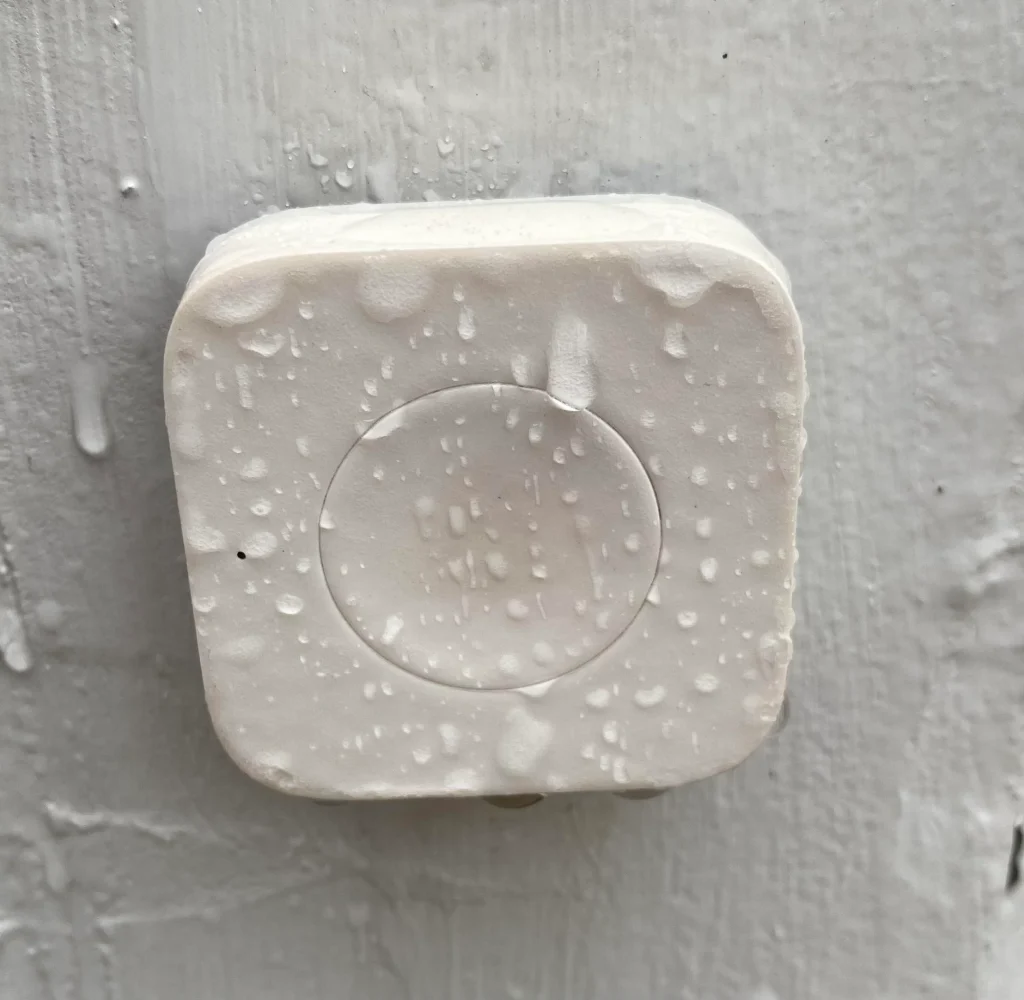
An elecrical doorbell provides a common IP55 application. Normally, these doorbells are permitted to gather dust, but not to the point where it hinders their functionality.
The IP55 classification is frequently used by electric motors as it provides a practical and reliable alternative for the majority of industrial applications.
Common IP57 Applications
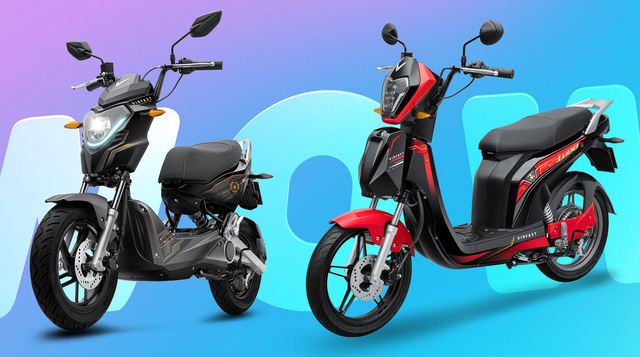
This rating is more adaptable than “typical” IP electrical enclosure designs. IP57 comparable enclosure designs offer high-quality, easily customizable products.
Scootera, such as the Ludo and Impes models of Vinfast, achieve the IP57 designation. Even if some dust gets through, it won’t be enough to harm the goods, and e-scooters can drive over roads that are 0.5 meters underwater for over 30 minutes.
IP55 VS. IP57 – Which to Choose?
Engineers must be alert to evaluate potential intrusion from less obvious sources of moisture or particles, such as condensation, steam, and accumulated dust in harder-to-reach locations, when evaluating the appropriate IP rating to specify.
The differences between the IP55 rating which protect from low-pressure spray, vs. IP57 which protects vs. immersion is significant. As such, engineers should consider whether immersion protection for the enclosure is a true necessity. If so, IP57 provides a clear choice.
